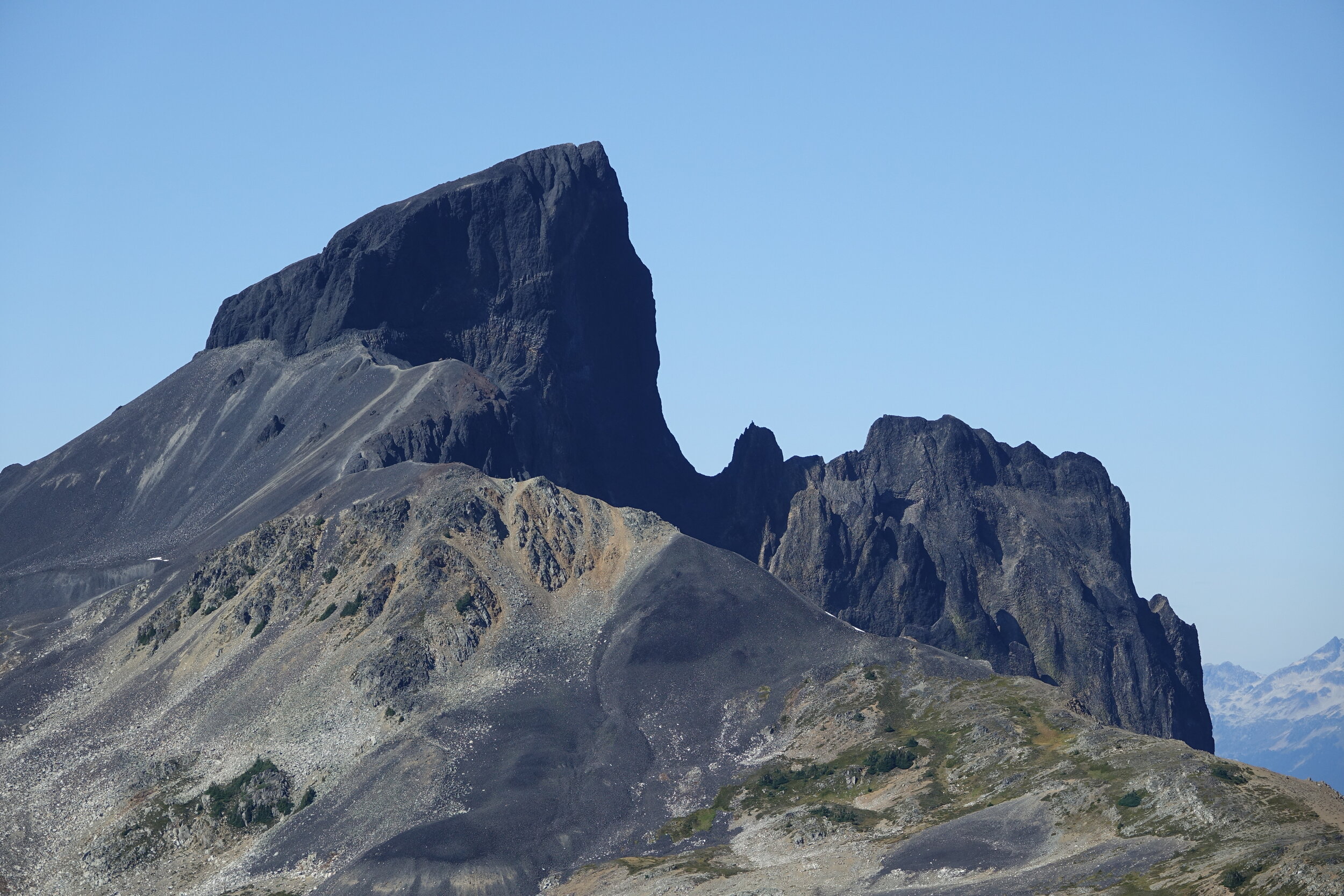
With a PhD in ecology, I combine a depth of knowledge with a flair for compelling storytelling.
Welcome to my writing portfolio.
My interests are eclectic but stories often focus on the science of the natural world.
New York Times
New research reveals avalanches wipe out a surprising number of mountain goats.
Hidden downsides of the high life.
Smithsonian (via Knowable)
Why are there so many beetle species?
Diet played a key role in the evolution of the vast beetle family tree
Nature
Insights from four female scientists caught at the early-career crossroads
Facing challenges including parenthood, mental-health strain and financial pressures, these researchers give advice for navigating the uncertain paths before them.Photo: Julia NimkeKnowable
Can probiotics protect corals from problems like bleaching?
Q&A with marine microbiologist Raquel PeixotoLab experiments suggest that a dose of carefully selected microbes may boost the health of these reef-building creatures and their symbiotic algae.
New York Times
Eight-Legged Candy-Striper Killers Prowl Before the Sun Rises
A study of candy-striped spiders feasting on sleeping insects suggests there are many surprising arachnid behaviors still waiting to be discovered.
The Atlantic
40,000 Pet Dogs, One Big Question
Scientists around the world have recruited dogs and their owners to investigate the secrets of canine aging.
Quanta Magazine
Ecologists Struggle to Get a Grip on ‘Keystone Species.’
More than 50 years after the concept and term was coined, has it lost its mathematical meaning?
Nature
Geochemist Nicolas Randazzo plans for research millions of kilometres away and decades into the future.
Knowable Magazine
Coffee landscapes in support of biodiversity
An interview with agroecologist Ivette Perfecto about the intricate ecosystems associated with coffee farms grown in the shade of natural forest.
Scientific American
Humans Are Predators of at Least One Third of All Vertebrate Species
Humans prey on more vertebrate species for use as pets and in medicine and other products than we do for food.New York Times
How Hungry Sea Otters Affect the Sex Lives of Sea Grass
A habit that appeared damaging at first glance seems to make oceanic ecosystems more resilient, scientists found.
New York Times
First Nations-led research reveals genetic secrets from the hair of the iconic Spirit Bear.
New York Times
Humans are scariest savanna sound
A study finds that for animals on the savannah in South Africa human voices, in multiple languages, are scarier than the sounds of lions, the so called king of beasts.
Smithsonian (via Knowable)
As Glaciers Retreat, New Streams Offer Homes for Salmon
After the waterways form, insects move in, alders and willows spring up, and spawning fish arrive in thousands.
Nature
Tales of a migratory marine biologist
Christine Gabriele’s research involves tracking the endangered humpback whale in both Hawaiian and Alaskan waters.
bioGraphic
Collected at the tail end of British Columbia's "silver fever," hundred-year-old salmon scales are now helping conservation scientists reconstruct and better manage the populations of one of Canada's most important fish.
New York Times
Scientists have found sawfish thriving in some habitats but vanishing from others.
New York Times
Indigenous peoples of the Pacific Northwest once bred dogs in large numbers and sheared them for wool.
New York Times
In their spare time, two Silicon Valley developers aided conservationists in developing artificial intelligence to help keep track of individual bears.
University Affairs
*Women who take extended maternity leave face a tougher return to work.
*This feature won a silver medal for Best Feature at the 2021 Canadian Online Publishing Awards
What People Are Saying
“…a beautiful nuanced piece and I love the videos and visuals. Wow. Never seen one this beautifully done.”
Dr. Tammara Soma, Assistant Professor, Food Systems Lab, Simon Fraser University
“Thank you so, so much for such a wonderful story on our project. It is really fantastic!”
Melanie Clapham, PhD, Postdoctoral Fellow, University of Victoria
“Thank you for another outstanding article! Its fabulous!”
Chris Darimont, Professor & Raincoast Chair, University of Victoria
“That is a fascinating piece of BC and science history, of a quality rarely seen these days on main stream media.”
Douglas Bancroft, MSc





































